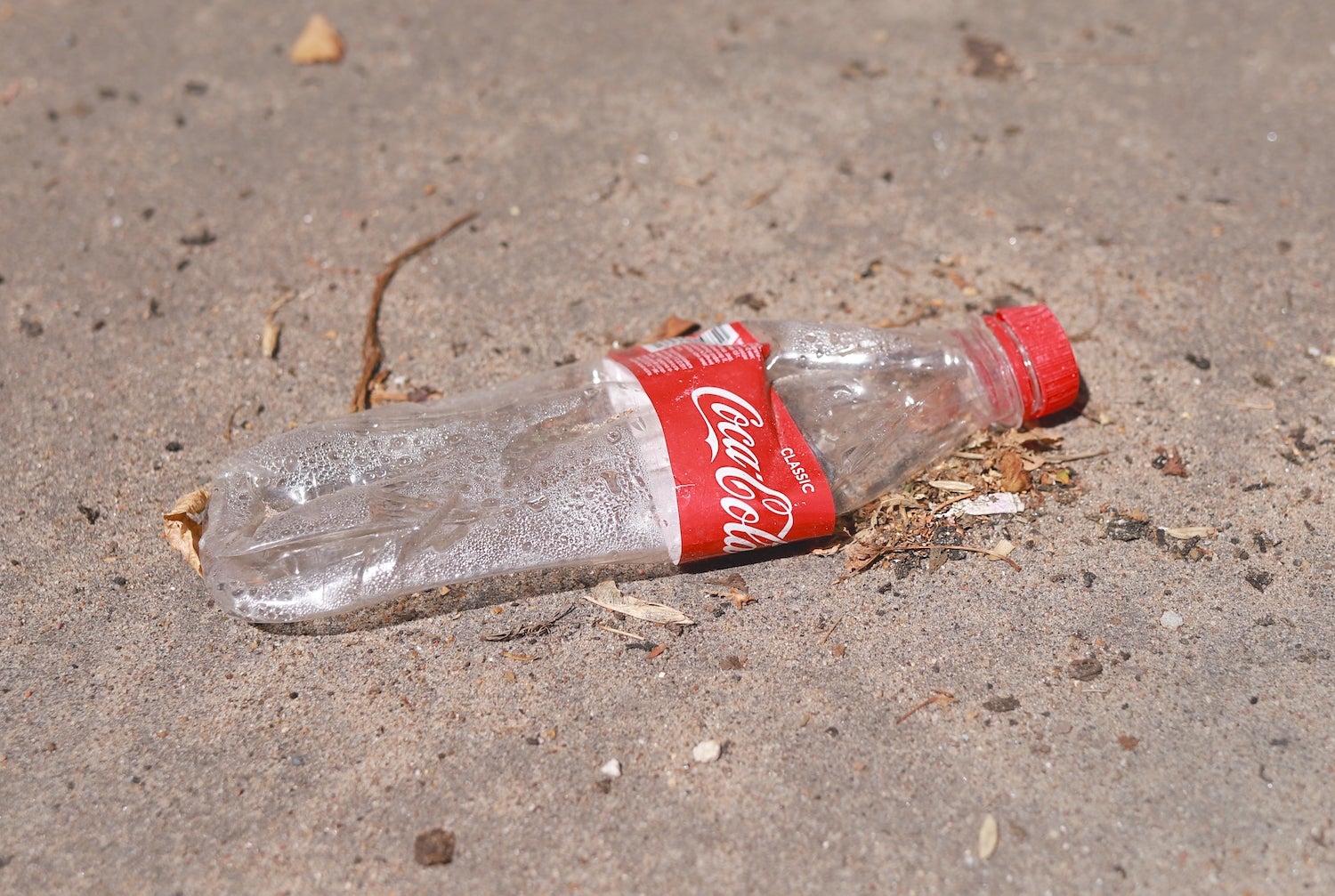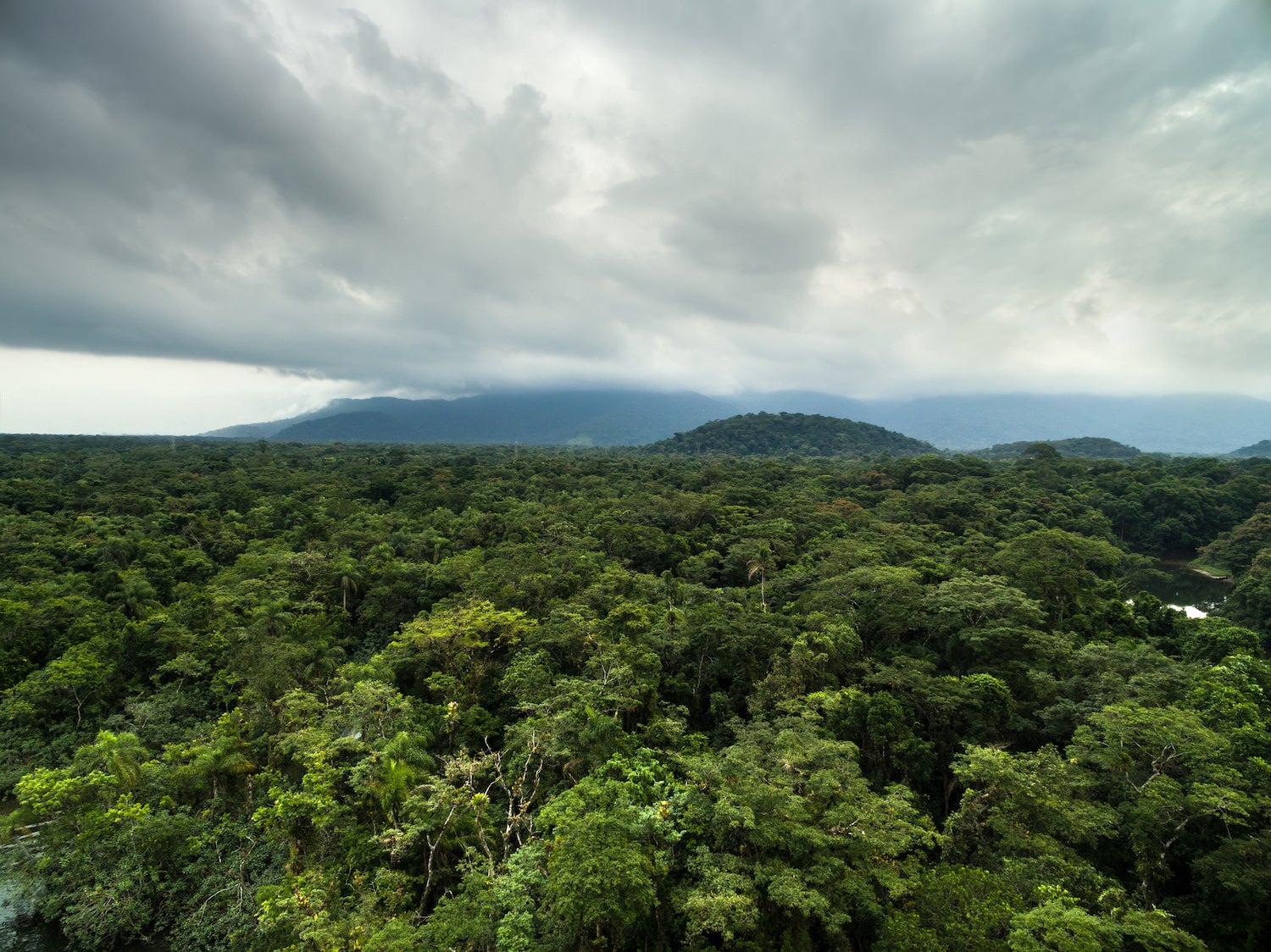Hey team, and welcome back to one5c! Another week, another step forward—and back—in the battle against single-use plastic. Today’s dispatch includes our new favorite way to bid spray-cleaner bottles adieu, and another bottle backslide from, you guessed it, Coca-Cola.
Also, everyone 👋 to Audrey Chan, who you’ll be hearing from about all-things sustainability for the next few months. —Corinne
WHAT WE’RE INTO THIS WEEK
By Audrey Chan

Greenwatch
Coca-Cola says it’s being ‘forced’ to use more plastic
Coca-Cola’s aluminum cans may soon be swapped for more plastic bottles, CEO James Quincey said last week. The warning follows the Trump administration’s introduction of a 25% tax on foreign steel and aluminum, which could drive up the cost of canned drink packaging. That could just be a handy scapegoat, though: Coke is the world’s largest plastic polluter and has struggled to meet sustainability targets even without such barriers. The beverage giant, for example, quietly abandoned a commitment to adopt at least 25% reusable packaging late last year. While it’s true that producing one can generates about twice as much carbon as a plastic bottle, aluminum is infinitely recyclable. Almost 75% of aluminum ever made is still in use.
Consume this
The best all-purpose cleaner—is a tablet
In terms of waste, all-purpose cleaners are kind of a bummer. Not only do they contribute to plastic waste, but schlepping those bottles through the supply chain is also wildly inefficient: They’re mostly water, and H2O is heavy and bulky. That’s why we’re Team Concentrate, more specifically Team Dissolvable Cleaning Spray Tablet. These lightweight pellets dissolve in standard spray bottles, arrive in minimal packaging, and favor Earth-friendly ingredients. We spent two months evaluating six brands of these plop-and-mist solutions. All of the tablets we tried performed quite well, but, once we dug into each brand’s planet-friendliness—including any potential toxicity in their ingredients and where the companies behind them get their energy—one all-purpose spray, ahem, cleaned up the competition. Check out our winner.
Cause for optimism
The widespread impact of California’s Prop 65
California’s Proposition 65 has been remarkably effective at getting toxics out of consumer goods like cleaning and personal care products, according to a recent study published in Environmental Science & Technology. The 1986 law pushed major manufacturers and retailers to remove hazardous ingredients linked to cancer and reproductive issues or else draw attention to their presence on product labels. The measure’s influence has since extended beyond California; more than half of manufacturers told study authors that Prop 65 led them to reformulate products sold outside the state—even in the absence of federal regulations. This is a hopeful sign for future and proposed laws that might emblazon potential hazards on goods; consumers and producers, perhaps, might be equally swayed by carbon labeling.
Accountability check
Chris Wright’s tirade against German renewables
Brand-new Secretary of Energy Chris Wright made his case for the U.S. to increase exports of natural gas by casting Germany’s decades-long shift away from fossil fuels and nuclear power as “unreliable”—even a failure. As the ex-fossil-fuel exec tells it, Germany’s decision to focus on wind and solar has driven up energy costs, and wind turbines have ruined the country’s visual landscape. But, as Inside Climate News lays out, this is hardly the whole story: For starters, peer-reviewed research has shown that the development of renewables considerably reduced financial burden on consumers in Germany, to the tune of €40 billion (about $42 billion U.S.) between 2014 and 2018. Any recent uptick in costs traces back to the Russia-Ukraine conflict. Germany has been cutting back on Russian gas imports, which has caused prices for gas to rise and push an increase in customers’ bills.
MIC-DROP CLIMATE STAT
43%
The portion of Americans who identify as “future flexitarian”—i.e., having a willingness to reduce meat consumption in the future—according to a 2024 study. Sound like you? Have a taste of the meatless life at Cool Beans, the sustainable eating newsletter from one5c.
PLANET HOME
HOW TO MAKE CONSERVATION GOOD FOR THE WHOLE PLANET
By Tyler Santora

On the surface, any effort to conserve land and habitats seems like a good thing, but not all efforts are built equal. When we transform acreage used for farming or logging into conservation zones, other areas, sometimes far away, end up converted into farmland and timberland to make up for lost production. This displacement causes a phenomenon called “biodiversity leaks.”
It isn’t planned; it just happens, following market demand—and a new study published in the journal Science is ringing the alarm for organizations to pay attention. “It could be that production gets shifted to a place which is more important for biodiversity, or less efficient at producing the thing that people want. In this case, the impact on biodiversity might be greater there than the benefit you get at home, doing more harm than good,” says Andrew Balmford, a professor of conservation science at the University of Cambridge and first author of the paper.
The study found, for example, that rewilding hypothetical farmland in the U.K. would shift production of wheat, barley, and rapeseed to Australia, Germany, Italy, and Ukraine. Because the U.K. is home to fewer species than these countries, the number of extinctions caused by the potential biodiversity leak could be five times greater than the number of extinctions avoided locally.
So is all conservation doomed to fail? Definitely not. Here’s what to know about the state of biodiversity leak—and how it can get plugged.
How to plug the biodiversity leak
Right now, conservation planners often don’t consider biodiversity leaks. Preliminary results from a new survey of 100 tropical project managers found that 37% had never heard of leakage, and less than half had ever taken steps to address it. The recent United Nations Global Biodiversity Framework, an ambitious target to conserve at least 30% of the Earth’s land and sea by 2030, also doesn’t consider the issue.
The big players can plug the biodiversity leak by prioritizing conservation in biodiverse areas, Balmford says, like the Amazon rainforest and Costa Rica’s Monteverde Park. And we can help fund projects in areas that take on the displaced burden of production and increase their efficiency. For instance, the Gola Rainforest Project in Sierra Leone limits deforestation while helping local farmers boost crop yields, mitigating a production shift to other areas.
What you can do
Folks living on the other side of the world might feel powerless to help fix these leaks, but Balmford says there are things they can do from anywhere.
Watch what you eat. The simplest everyday change is to help reduce demand for land-intensive goods. If we consume less red meat, for example, agricultural acreage can be turned into conservation zones with zero leakage. Balmford also points out that organic food can take up anywhere from 25% to 100% more land than conventional produce, so focusing organic purchases to only the “Dirty Dozen” can also help.
Reconsider your donations. The other biggie centers on where you send your money—if you’re able to. Balmford suggests limiting conservation donations to projects in locations that are highly diverse, versus what’s in your backyard. “Conservation efforts are disproportionately rewarding in terms of their costs, in terms of the benefits to local people, in terms of their biodiversity gains, and in terms of how vulnerable they are to things like leakage in highly biodiverse parts of Africa, Asia, and Latin America,” Balmford says. Rainforest Trust and Re:wild, for example, are two organizations that prioritize conservation in some of the world’s most biodiverse places.
